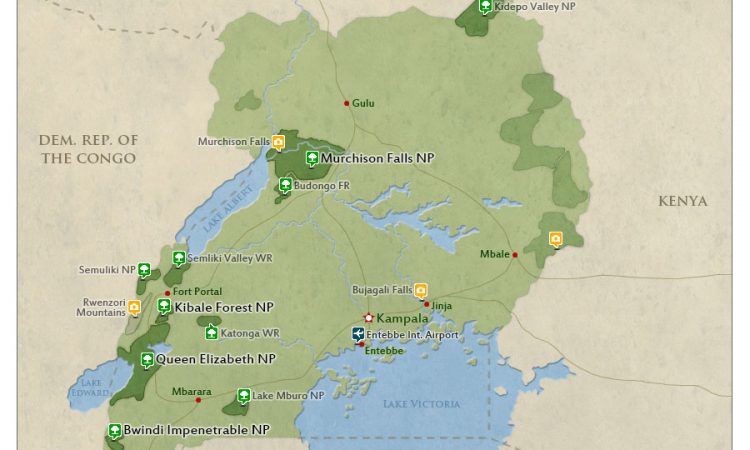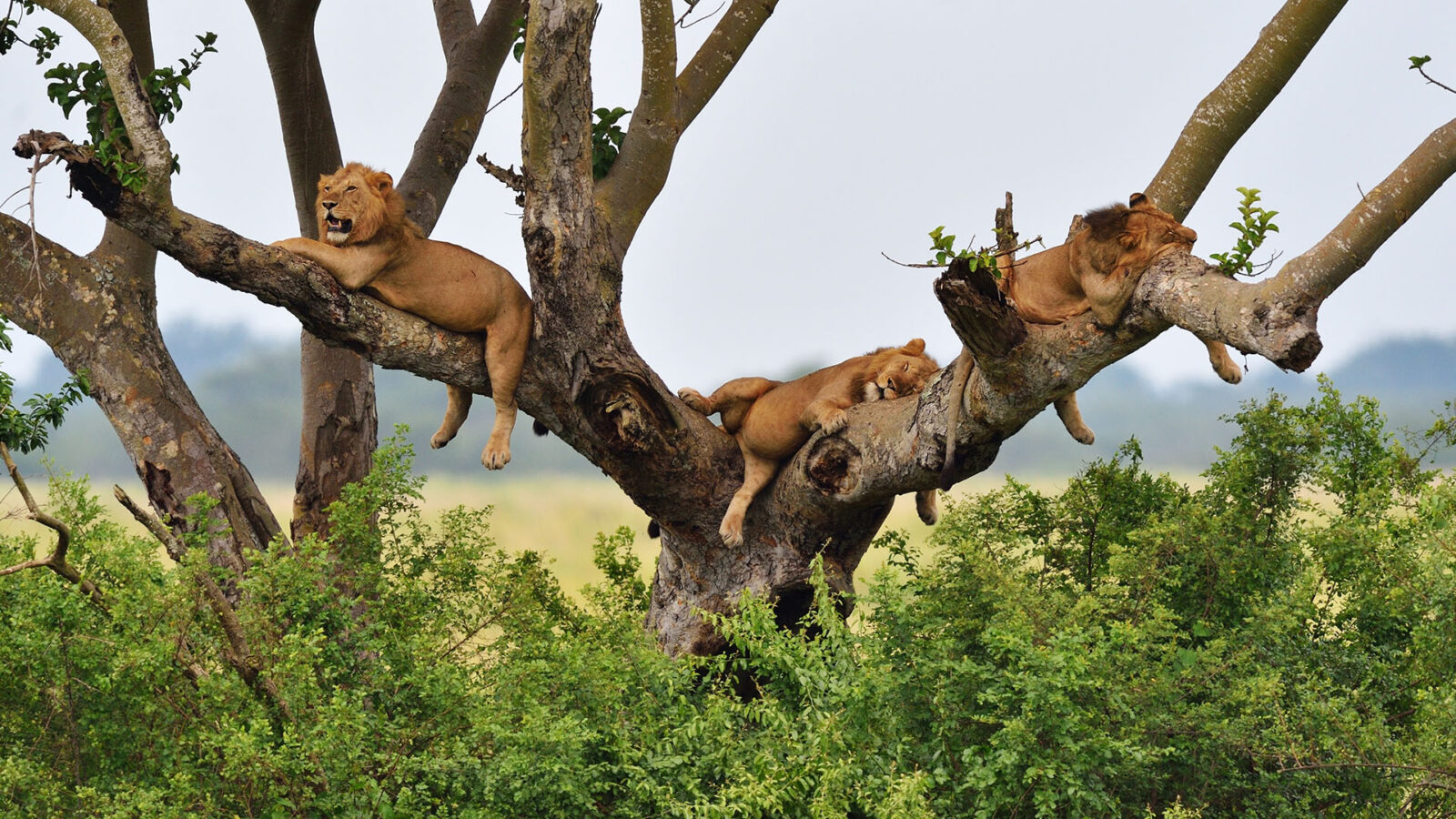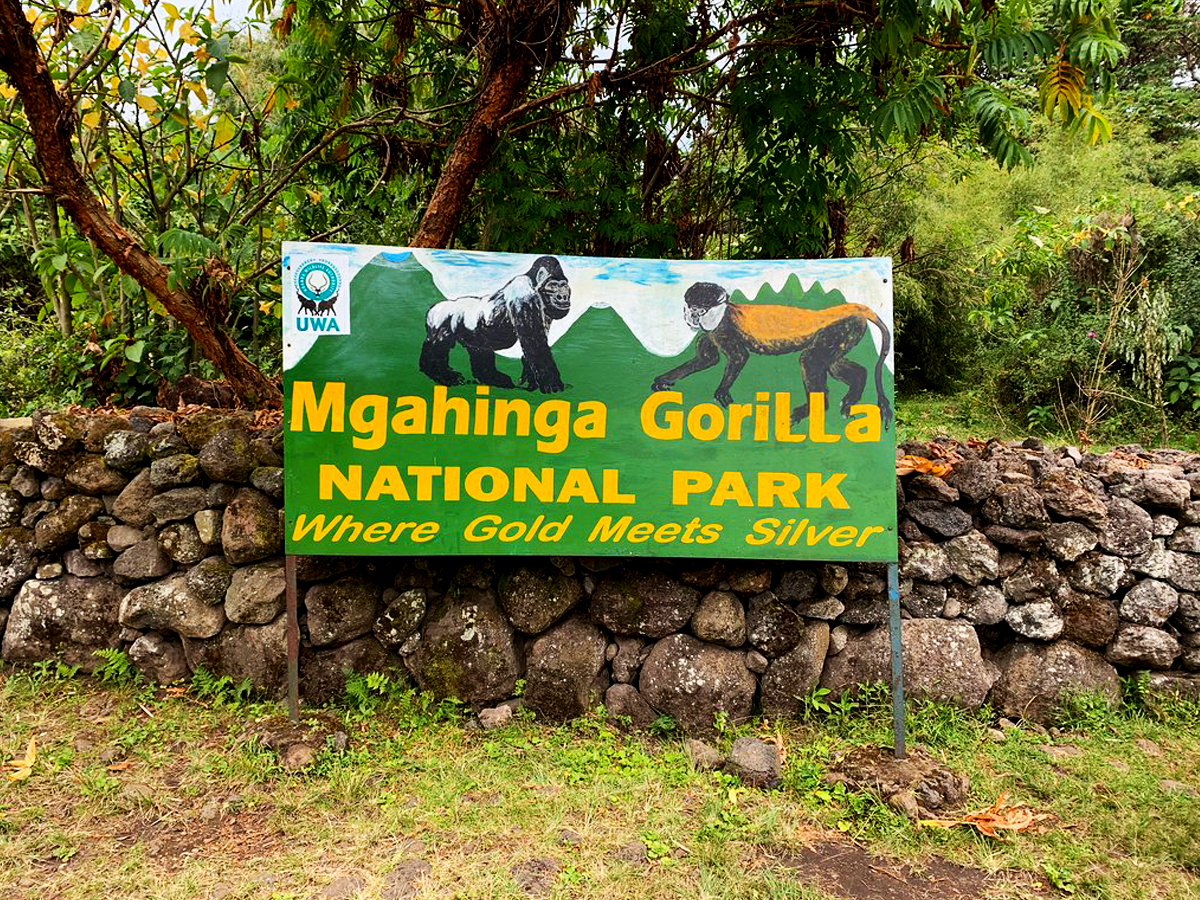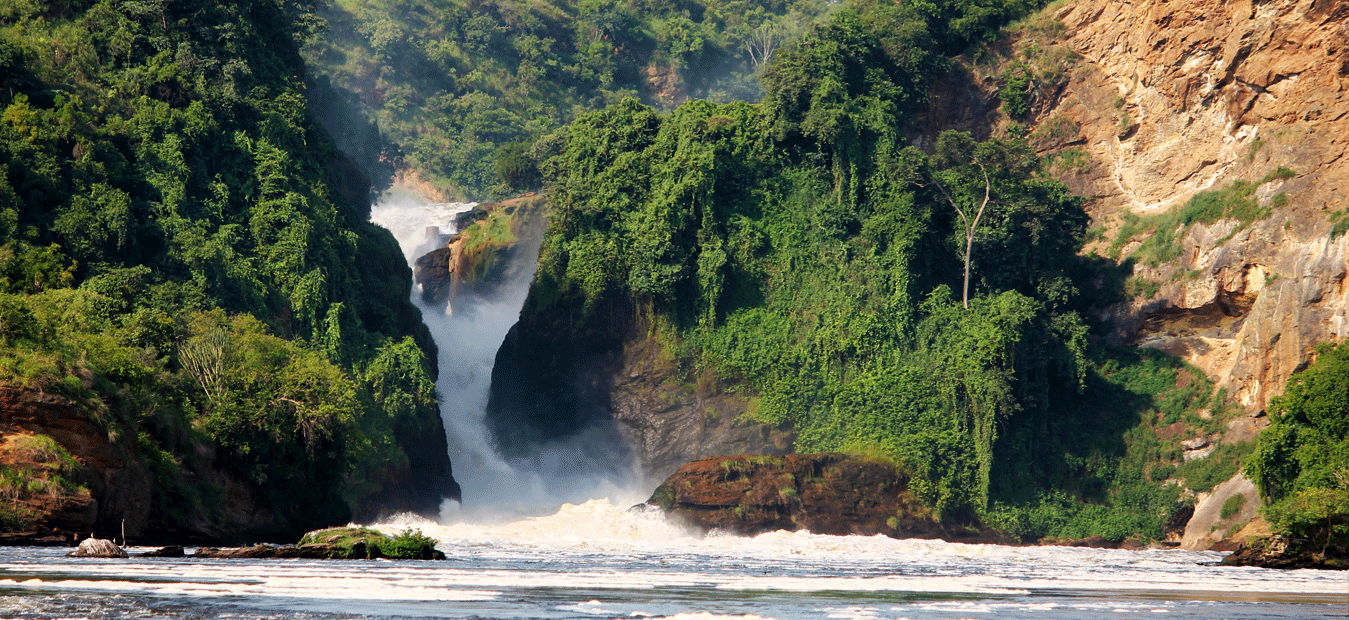
Uganda National Parks— Guide
Uganda National Parks – Exploring the Pearl of Africa’s Wild Heart
Uganda is a land of astounding natural beauty and ecological variety, home to some of the most captivating wildlife experiences on the African continent. From mist-covered gorilla forests to vast savannah plains, shimmering crater lakes, and snow-capped mountain ranges, Uganda’s national parks embody the country’s rich biodiversity and wild spirit. Each park tells a different story — one of evolution, conservation, and the deep harmony between nature and culture.
This is your complete guide to Uganda’s national parks — where they are, what they offer, and why each one deserves a place on every safari traveler’s itinerary.
1. Bwindi Impenetrable National Park – Home of the Mountain Gorillas
Tucked in the southwestern highlands, Bwindi Impenetrable National Park is Uganda’s crown jewel and a UNESCO World Heritage Site. This ancient rainforest shelters nearly half of the world’s remaining mountain gorillas, making it one of the most remarkable wildlife sanctuaries on Earth.
Trekkers venture into its dense, misty jungle in search of gorilla families, an experience that’s both physically demanding and emotionally profound. The park also supports over 350 bird species, numerous butterflies, and primates such as black-and-white colobus monkeys. Divided into four trekking sectors — Buhoma, Ruhija, Rushaga, and Nkuringo — Bwindi offers diverse experiences from gorilla trekking to Batwa cultural encounters and forest walks.
2. Mgahinga Gorilla National Park – Where Gold Meets Silver
Located at Uganda’s southwestern tip, Mgahinga Gorilla National Park forms part of the Virunga Volcano Conservation Area shared with Rwanda and Congo. It’s famously known as the place “where gold meets silver” — referring to the golden monkeys and silverback gorillas that inhabit its lush volcanic slopes.
The park’s single habituated gorilla family, the Nyakagezi group, offers intimate treks amid breathtaking scenery dominated by the three volcanoes: Muhabura, Gahinga, and Sabyinyo. Beyond gorilla trekking, travelers can hike the volcanoes, track golden monkeys, and immerse themselves in Batwa heritage trails that reveal the deep spiritual connection between the Batwa people and the forest.
3. Queen Elizabeth National Park – The Medley of Wonders
Stretching from the foothills of the Rwenzori Mountains to the shores of Lake Edward, Queen Elizabeth National Park is Uganda’s most visited and scenic savannah park. Its vast mosaic of grasslands, wetlands, forests, and crater lakes supports a staggering range of wildlife.
Visitors can enjoy classic game drives spotting lions, elephants, leopards, buffaloes, and hippos, or cruise along the Kazinga Channel, where the highest concentration of hippos in Africa wallow lazily. The park’s Ishasha sector is world-famous for its tree-climbing lions, while Kyambura Gorge offers thrilling chimpanzee trekking adventures.
With over 600 bird species, Queen Elizabeth is also a birdwatcher’s paradise, earning it a place among the world’s top birding destinations.
4. Murchison Falls National Park – The Power of the Nile
Murchison Falls National Park is Uganda’s oldest and largest protected area, bisected by the mighty River Nile. The park’s defining feature is the Murchison Falls, where the Nile dramatically squeezes through a 7-meter gorge and plunges 45 meters into the Devil’s Cauldron below — a thundering spectacle of raw energy.
The northern sector offers exceptional game drives, with sightings of lions, giraffes, elephants, and antelopes across rolling savannahs. Boat cruises along the Nile reveal crocodiles, hippos, and abundant birdlife, while the top of the falls provides awe-inspiring viewpoints.
Murchison also offers chimpanzee tracking in Budongo Forest nearby, combining river, forest, and savannah adventures in one unforgettable park.
5. Kibale National Park – The Primate Capital of the World
Known as the Primate Capital of the World, Kibale Forest National Park boasts the highest density and diversity of primates in Africa, with 13 species including over 1,500 chimpanzees.
Chimpanzee trekking here is one of Uganda’s most rewarding experiences. Visitors can observe chimps feeding, grooming, and communicating in their natural environment. The park also supports red colobus, mangabeys, L’Hoest’s monkeys, and hundreds of bird species like the African pitta.
Kibale connects to Queen Elizabeth National Park through a wildlife corridor, making it an ideal stop for primate and birding safaris. The nearby crater lakes and tea plantations of Fort Portal add scenic charm to the region.
6. Kidepo Valley National Park – Africa’s True Wilderness
Remote, wild, and untouched, Kidepo Valley National Park lies in the rugged northeast near the borders with Kenya and South Sudan. Its sweeping plains, framed by mountain ranges, host some of the most dramatic landscapes in Africa.
Kidepo is often called “Uganda’s hidden gem”, known for its isolation and authenticity. The park shelters lions, cheetahs, leopards, elephants, buffaloes, zebras, giraffes, and over 450 bird species. The Narus Valley offers the best wildlife viewing, while the Karamojong communities nearby provide rich cultural encounters.
Kidepo is ideal for travelers seeking solitude, photography, and a deep connection to Africa’s raw wilderness — a place where silence is broken only by the distant roar of lions.
7. Lake Mburo National Park – Small Yet Scenic
Just a few hours from Kampala, Lake Mburo National Park is Uganda’s most accessible safari destination. Though small, it offers beautiful rolling hills, acacia woodlands, and five lakes that attract abundant wildlife.
Here, visitors can enjoy walking safaris, boat cruises, horseback rides, and cycling safaris — making it a great stopover or introduction to Uganda’s wild side. It’s the only park in western Uganda where you can see zebras and impalas, alongside hippos, elands, topis, and over 300 bird species.
Its peaceful atmosphere and proximity to major routes make it a perfect break between Kampala and Bwindi.
8. Mount Elgon National Park – The Mountain of Adventure
Straddling Uganda’s eastern border with Kenya, Mount Elgon National Park features the world’s largest volcanic base and one of Africa’s largest calderas. The mountain’s slopes are blanketed with montane forests, bamboo zones, and moorlands, creating spectacular hiking opportunities.
Trekkers can summit Wagagai Peak (4,321m), explore waterfalls like Sipi Falls, and spot wildlife such as blue monkeys, bushbucks, and elephants. Mount Elgon offers a gentler, less crowded alternative to other high-altitude climbs in East Africa, ideal for nature lovers and adventurers alike.
9. Rwenzori Mountains National Park – The Mountains of the Moon
Declared a UNESCO World Heritage Site, the Rwenzori Mountains National Park protects the fabled “Mountains of the Moon,” where snow and glaciers glisten above tropical forests. The park’s Margherita Peak (5,109m) is Africa’s third-highest point, and its trails lead trekkers through Afro-alpine vegetation, misty valleys, and glacial lakes.
Beyond mountaineering, the park offers nature walks, birding, and cultural tours with the Bakonzo communities. The Rwenzoris’ surreal beauty and challenge make them one of Africa’s greatest trekking destinations.
10. Semuliki National Park – The True African Jungle
Located in western Uganda near Fort Portal, Semuliki National Park represents the extension of the Congo Basin rainforest into East Africa. It’s a haven for those seeking a pure jungle experience — warm, humid, and full of mystery.
The park is known for its Sempaya Hot Springs, where boiling geysers bubble through lush vegetation. Semuliki hosts chimpanzees, forest elephants, pygmy hippos, and over 440 bird species, including many found nowhere else in East Africa.
Walking safaris here feel like stepping into Central Africa’s deep forests — wild, quiet, and teeming with life.
Conservation and Responsible Travel
Uganda’s national parks are managed by the Uganda Wildlife Authority (UWA), ensuring that tourism supports wildlife protection and local livelihoods. Gorilla and chimpanzee permit fees fund anti-poaching operations, ranger patrols, and community development projects.
Responsible safari operators like Imvelo Safaris create journeys that balance adventure with sustainability — ensuring that visiting Uganda’s parks helps preserve them for generations to come.




